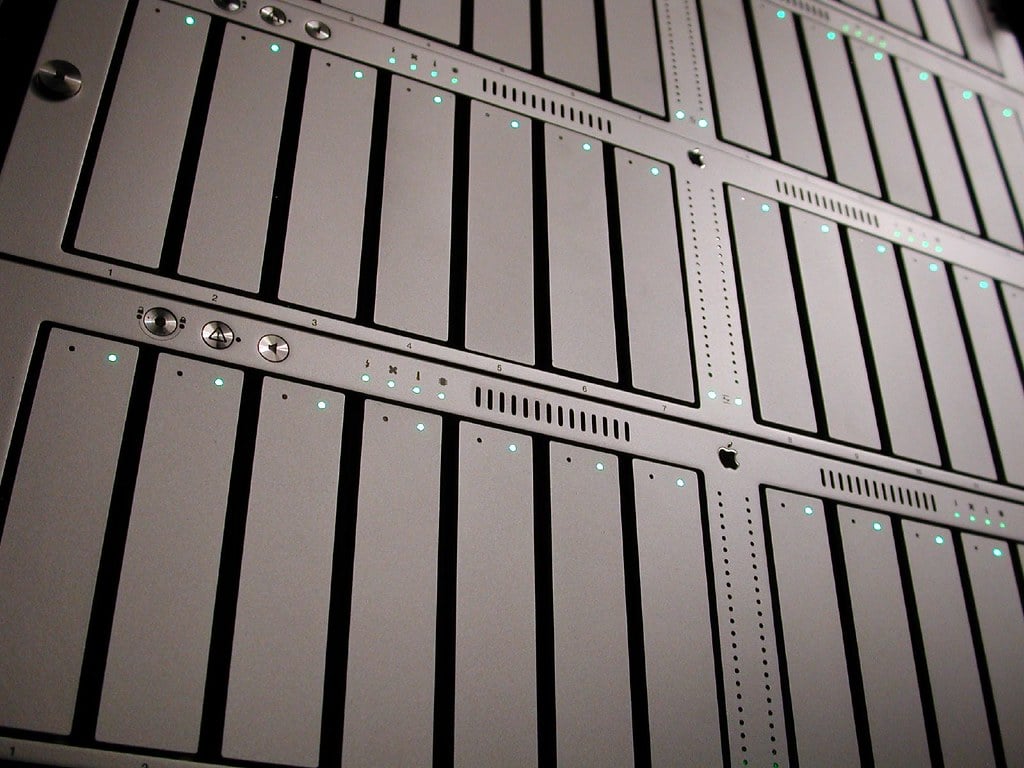The importance of effective company data storage is now well-documented. From disaster recovery to cost savings, these data stores have proved indispensable to businesses. The guise they take varies; they can come in the form of a Cloud server, or alternatively, in the form of physical storage options such as RAID storage. By placing the data across several drives, performance is thereby improved. The team here at Impress Solutions, who offer both RAID storage and online backup solutions, wanted to look at the former in more detail, asking what it is, and why it’s so beneficial to companies.
Why Is Company Data Storage Needed, Anyway?
In such a digitised world, it makes sense that a company’s information is stored in a correspondingly digital world. Such storage removes a business’ need for physical archiving, saving on time, money and space, in the process. In short, it helps a business run far more optimally than it would in an analogue setting. With companies housing more and more data, however, the importance of a reliable storage solution cannot be overstated. If your data systems fail, the prospect of being ‘offline’, for even a day or so, is an incredibly daunting one to business owners. RAID helps mitigate this problem.
What Is It?
RAID (Redundant Array of Inexpensive Disks) storage is a physical storage solution, which utilises multiple disk drives, comprised in ‘units’, as opposed to a singular mainframe disk. RAID storage can be configured in one of several ways, or levels. Which level is used depends entirely on your company’s particular needs. The standard RAID levels are as follows:
- RAID 0. Features striping. Data striping is the process whereby sequential files are stored across various physical disk drives. It’s worth knowing that striped data isn’t protected. However, it significantly improves input/output (I/O) performance.
- RAID 1. Involves data mirroring. Data mirroring is where exact copies of data are produced on a separate disk drive. The main attraction of this is that it greatly minimizes data loss.
- RAID 5. Features striping (with parity). Parity helps to rebuild data if ever there’s a drive failure.
- RAID 6. Features striping (with double parity). Essentially a doubling up of the previous parity bit, double parity enables a system to recover even if there’s been a double drive failure. This minimises the need for any data recovery specialists to be called in – which can prove time-consuming and very costly.
- RAID 10. Combines both data mirroring and striping. This reduces capacity but massively improves I/O performance.
There are other RAID levels as well, such as RAID 2, 3 and 4, however, in practice, these are used far more rarely.
What Are The Benefits?
There are extensive benefits to using RAID storage, when compared with alternatives, and these include:
- Greater data security. RAID setups provide data security with SSDs without the need for a comprehensive, all-out SSD system.
- Both the reading and writing of data are carried out simultaneously, as opposed to one after the other.
- Increased data reliability.
- Optimised I/O performance. In fact, it’s thought that RAID storage improves input/output performance by up to 12%.
- Systems can run continually (if one hard disk fails, the others running will prevent the operating system from crashing, thanks to the improved ‘mean time between failures’).
Are There Any Limitations?
As with any data storage solution, RAID isn’t perfect and it has its limitations and drawbacks. The limitations, however, are not universal to all RAID levels. That is to say, what is compromised in one level is more often than not offered in one of the other RAID levels. For instance, data mirroring helps minimise data loss, however it also halves the available storage capacity. Or, to take another example, RAID 10, which offers both striping and mirroring capabilities, is more expensive. Even if data is recoverable (again, this depends on your configuration), your systems may still be out of action for a day or so whilst recovery takes place. On the whole, however, the fault tolerance, fast speeds and continuous system running provided for by RAID arrays makes them an incredibly worthwhile investment.
The best way to find which RAID option is best for your business, is to get in touch with specialists such as ourselves. Our extensive experience within the corporate data storage sector, means we’re well-equipped to guide you on your RAID journey, so to speak! So, if you’d like to find out more about our company data storage solutions, then get in touch! Contact Impress Solutions today on 01708 759 760.

